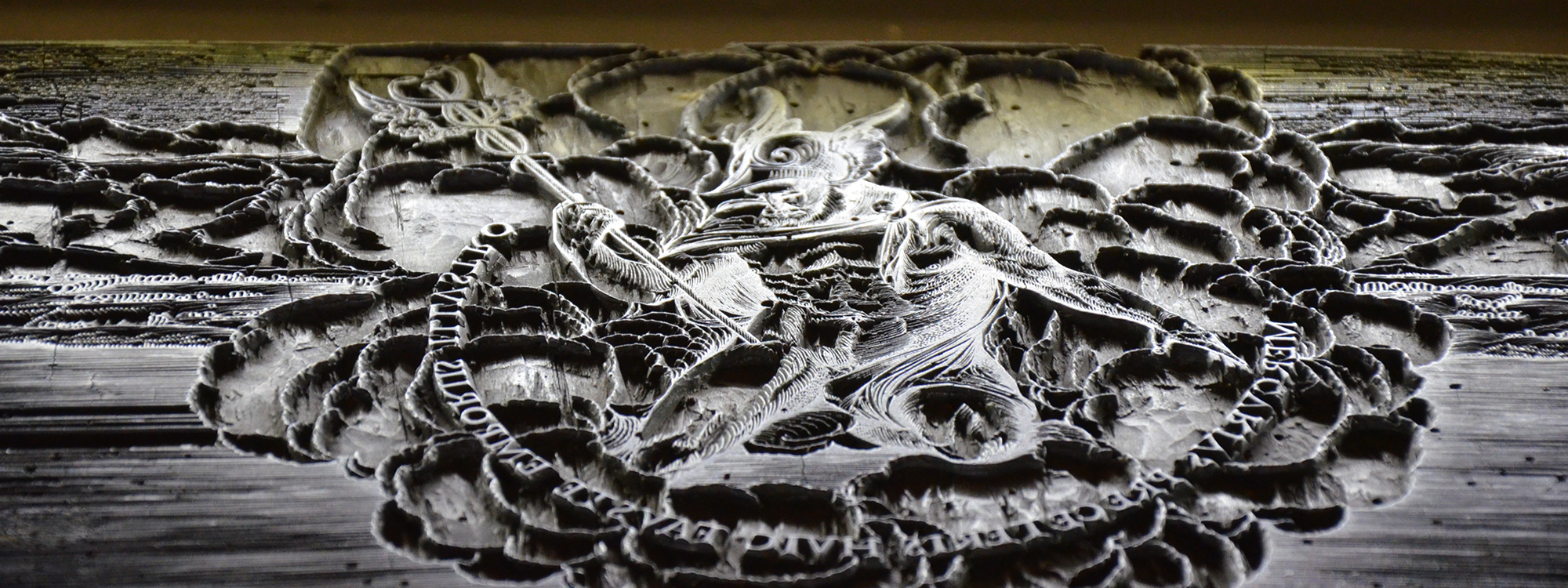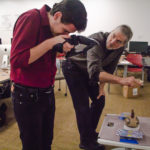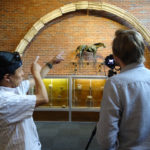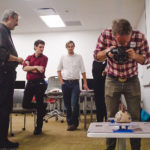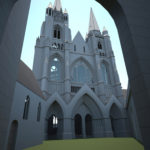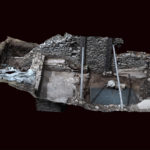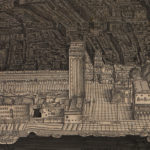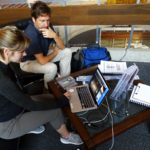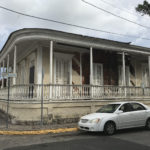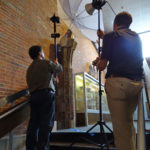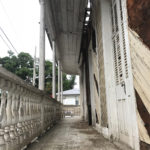Cultural Heritage Imaging: Art History Embraces New Technologies for Research and Teaching
Advancements in image technology are familiar territory for the Department of Art History at Florida State University. The department was an early adopter of digital images for instruction, and our faculty have worked with advanced photo technology on individual research projects for years. This year, through training and conference activities, the department has begun to collectively explore the uses of 3D imaging for teaching, research, and collection management. Students and faculty participated last fall in an in-depth photogrammetry workshop focused on the technical process of creating 3D models. In the spring, the department’s Museum and Cultural Heritage Studies faculty hosted a conference in which guest speakers from a variety of fields discussed the technical and ethical ramifications of new visualization technologies. This summer, the Archaeological Field School will document endangered architecture in Puerto Rico using techniques learned in the workshop and equipment purchase with the support of a technology grant. Future directions for the Media Center include the development of a Visualization Lab for training, research, and exhibition support.
Workshop
In November 2018, Art History faculty and students participated in an intensive week-long 3D modeling workshop led by the San Francisco based nonprofit CHI: Cultural Heritage Imaging. Participants were trained in the use of photogrammetry to prepare 3D models for use in cultural heritage research and documentation. Models are created by digitally stitching together numerous precisely angled photographs of an object or structure to create a replica that can be rotated on a computer screen or output to a 3D printer. These digital replicas allow viewers to examine fragile or inaccessible artifacts and to document the physical details of objects and structures that are in danger of erosion, destruction, or decay.
In the photogrammetry process, photographs are aligned using thousands of plot points combined into polygons which make up the digital mesh, or surface of the model. CHI’s proprietary software tracks and records the locations of the plot points; this information is stored in the 3D model’s metadata, providing a sort of “digital provenance” for the replica. Workshop participants scanned and processed models of objects from the Museum of Fine Arts‘s permanent collection, ranging in size from very small ceramic vessels to entire architectural elements.
_______________________________
Conference
In early April, the MCHS faculty hosted a Cultural Heritage Imaging Symposium. Participating archaeologists, art historians, and digital artists presented their work in photogrammetry, digital animation, LiDAR scanning, and historical reconstruction. They addressed the vital role that digital technologies can play in deepening our knowledge of the past, documenting cultural heritage, and enlivening contemporary artistic and museum practices. The presentations also drew attention to fundamental questions of authenticity, ownership, and reproduction inherent in the use of these new media technologies.
The presentations covered a wide variety of regions and time periods, from the First Nations of Canada to ancient Mesoamerica, Rome, medieval France, and early modern Venice. Archaeologists and architectural historians demonstrated the use of CAD and virtual reality to present and preserve monastic structures, ancient excavation sites, and fragile artifacts. Independent artist Skawennati presented a clip from her digital animated film which addresses history, the future, and change from her perspective as an urban Mohawk woman. FSU alumna Dr. Kristin Huffman (Duke University) shared 3D models, macro photographs, and animated clips created for an exhibition of Jacopo de’ Barbari’s large multi-panel engraved View of Venice of 1500. As Huffman pointed out, this complex reproduction was in its own time the pinnacle of advanced image technology in the service of cultural heritage.
Field School
In the summer of 2019, professors Paul Niell and Kyle Killian and doctoral candidate Sarah Rose Shivers will lead a group of graduate students in the MCHS program’s Archaeological Field School in Puerto Rico in the research and photogrammetric documentation of nineteenth-century architecture. The team is particularly interested in digitally recording and preserving the balcony houses of Ponce, which were damaged and remain endangered in the wake of Hurricane Maria. Photographs and preliminary models created on site will allow Dr. Niell to produce a database of reliable 3D images of the structures for future investigation.
The Future
New technology is familiar territory for FSU Art History. In the late 1990s, the Art History Media Center was at the forefront of the change from analog to digital images for teaching. In the process of converting and expanding our collections over twenty years, we have been able to offer hundreds of undergraduate and graduate assistants on-the-job training in database development and digital imaging. We look forward to continuing this legacy of professional practice in advanced technology as an educational supplement to our outstanding art history instruction, as well as a new resource for courses, research, and exhibitions. This year Media Center Curator Jean Hudson and Professor Michael Carrasco prepared a successful technology grant proposal to support the development of a visualization lab in the Media Center. In collaboration with the university’s Innovation Hub and our fellow College of Fine Arts departments, we look forward to developing new ways of discovering, teaching, and preserving art and cultural heritage.
Student author Chase Van Tilburg contributed research and digital materials for this article.
Photos: Chase Van Tilburg, Breanna Bruner, Jean Hudson, Paul Niell.
Workshop instructors: Marlin Lum, Mark Mudge, Carla Schroer.
Museum & Cultural Heritage Studies Faculty: Dr. Michael Carrasco, Dr. Kristin Dowell, Dr. Kyle Killian, Dr. Paul Niell.
For a complete list of CHI Symposium participants and topics, visit arthistory.fsu.edu/chi.
